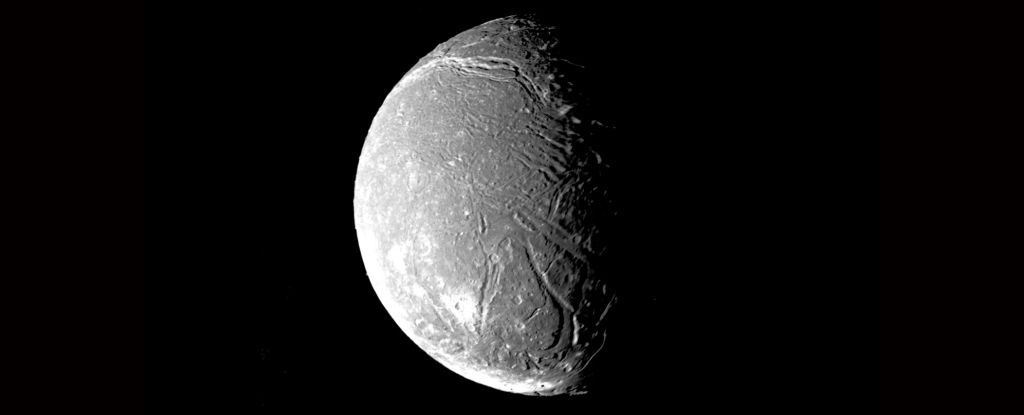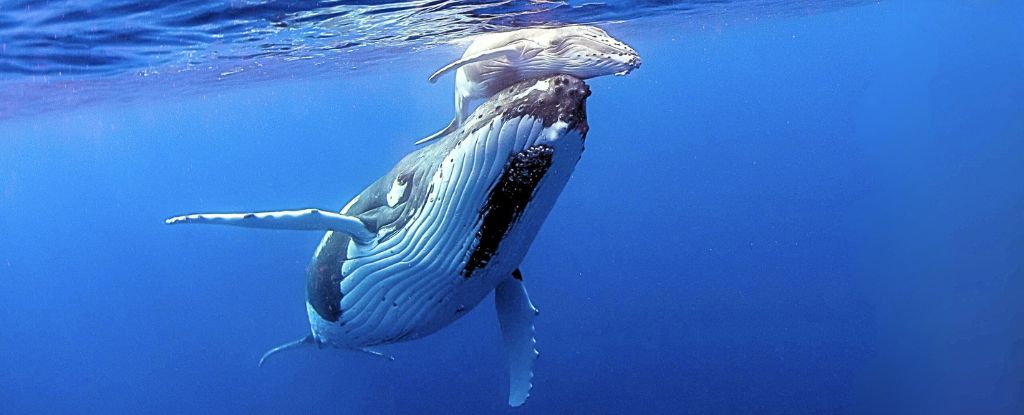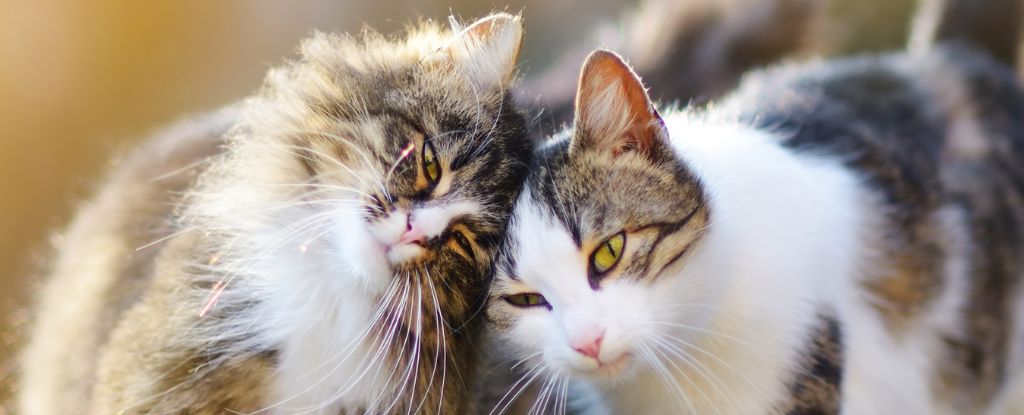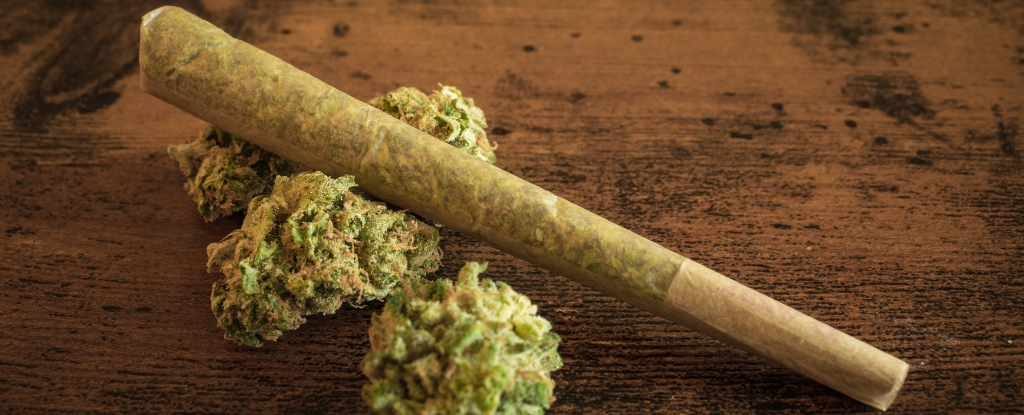Our Solar System, like a sneaky little hobbit, seems to have stuffed its pockets full of hidden oceans. Jupiter, Saturn, Uranus, and Neptune all have moons astronomers think might be harboring liquid oceans, locked away beneath thick icy shells.
Those shells are a big problem for Earth-based scientists who desperately want to take a peek at those liquid centers, but one moon may be wearing its heart on its sleeve. The surface of Uranus’s moon Ariel is scored with deep chasms – and those may contain deposits disgorged from below.
Those include carbon dioxide ice and other carbon-bearing deposits that may have resulted from chemical processes taking place inside the little moon. If this is the case, it means those gorges could be a way to study the interior of this ocean world without having to undertake more dramatic research efforts.
“If we’re right, these medial grooves are probably the best candidates for sourcing those carbon oxide deposits and uncovering more details about the moon’s interior,” says planetary geologist Chloe Beddingfield of Johns Hopkins University Applied Physics Laboratory.
“No other surface features show evidence of facilitating the movement of materials from inside Ariel, making this finding particularly exciting.”
The chasms on the surface of Ariel are fascinating. Some of their floors are scored by parallel grooves which are among the youngest known geological features visible on the moon. It’s not clear how they got there, but a lot depends on what the moon has going on beneath its surface.
Previous studies suggested that they may be the result of an interaction between tectonic and volcanic activity, but the specifics have been difficult to pin down. Beddingfield and her colleagues used observation data and formation models to see if they could fill in the gaps.
They were able to show that a process that takes place on Earth could be responsible for the marks we see on Ariel. Known as spreading, that process takes place on volcanic ridges here on Earth, where the seafloor parts and material rises up from below to form a new part of the crust.
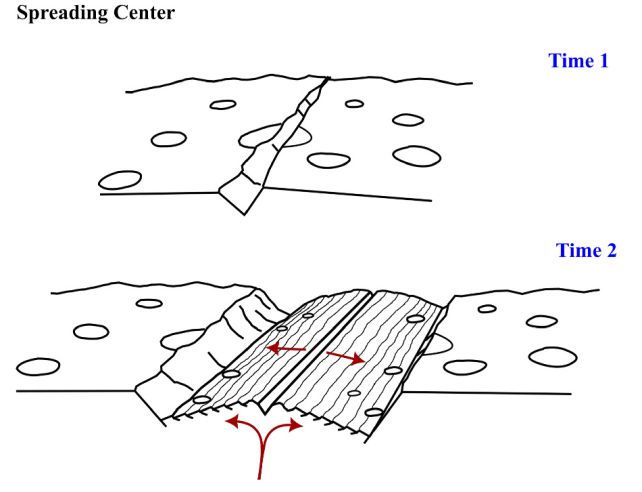
On Ariel, spreading could occur when warmer material surges upwards from below, splitting the moon‘s crust before filling the crack it created. The researchers found that when they joined the two edges of Ariel’s chasms as if zipping them back up, the two sides matched perfectly; and the parallel grooves seen at the floors of some of the chasms are consistent with materials being deposited over time.
There are a number of reasons this is interesting. Uranus’ moons have, in the past, entered orbital lockstep, in which their orbital periods formed precise ratios known as resonance. Orbital resonance results in a gravitational push-pull that produces internal heating, melting, and refreezing.
Such periods of resonance could be what drove changes on Ariel’s surface; but they could also produce hidden oceans by making moons’ interiors warm enough to sustain liquid, briny water. Recent observations from the JWST strongly hint that such an ocean is present on Ariel.
frameborder=”0″ allow=”accelerometer; autoplay; clipboard-write; encrypted-media; gyroscope; picture-in-picture; web-share” referrerpolicy=”strict-origin-when-cross-origin” allowfullscreen>
If this is the case, the ocean could be responsible for the carbon dioxide ice seen on the moon‘s surface and in its chasms, but as yet we have too little information to know.
“The size of Ariel’s possible ocean and its depth beneath the surface can only be estimated, but it may be too isolated to interact with spreading centers,” Beddingfield says.
“There’s just a lot we don’t know. And while carbon oxide ices are present on Ariel’s surface, it’s still unclear whether they’re associated with the grooves because Voyager 2 didn’t have instruments that could map the distribution of ices.”
We’re well past due to send an exploration mission to Uranus and Neptune. Let’s add Ariel’s mystery grooves to the list of things to look at when it finally happens.
Chop chop, space agencies!
The research has been published in The Planetary Science Journal.


